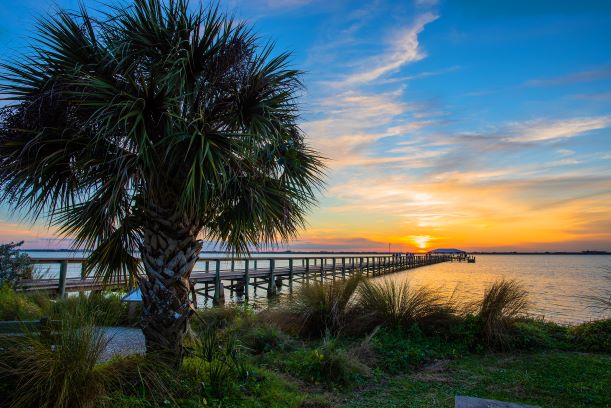Our Lagoon

The Indian River Lagoon is a grouping of three lagoons: the Mosquito Lagoon, the Banana River, and the Indian River, on the Atlantic Coast of Florida; one of the most biodiverse estuaries in the Northern Hemisphere and is home to more than 4,300 species of plants and animals.
The Indian River Lagoon is an estuary, not a river.
Water flow in the IRL is not driven by gravity; it is the wind that primarily drives the circulation patterns within the Lagoon. Estuaries are semi-confined bodies of water characterized by mixing of saline oceanic water and freshwater from upland sources.
Water is exchanged between the IRL and the Atlantic through five ocean inlets—cuts in the barrier island chain. The salinity, tidal influence, and degree of flushing characteristic of a particular portion of the lagoon depend in part on its proximity to an inlet and to freshwater inputs from streams, rivers, ditches, and canals.
LEARN MORE AT:
https://en.wikipedia.org/wiki/Indian_River_Lagoon
The IRL is an “Estuary of National Significance.”
The IRL is also designated as an aquatic preserve, an Outstanding Florida Waterway, and a Surface Water Improvement and Management (SWIM) Program Water Body.
Length
156 mi (251 km)
Basin size
2,187.5 sq mi (5,666 km2)
The Lagoon varies in width from 0.5 to 5 miles (0.80 to 8.05 km) and averages 4 feet (1.2 m) in depth.
The Lagoon contains five state parks, four federal wildlife refuges and a national seashore.





